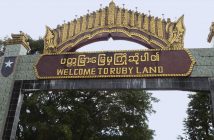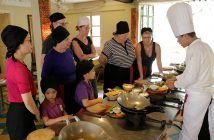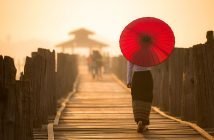Lying in the heart of Shan Plateau, Inle Lake is a beautiful highland at the altitude of 900m above the sea level. The lake is 22 km long, and 10 km wide, located in a valley between two mountain ranges. Inle Lake is well-known for its unpolluted nature, scenic beauty and authentic life of more than 30 hill tribes around the area. We can easily experience here the daily floating market, the colorful floating gardens, the stilt houses, the unique leg-rowing of the fishermen… and the interesting customs of ethnic people.
Additionally, the Shan food is favorite and delicious – we recommend you join a cooking class there. Besides, a wide range of Shan dresses, handicraft, and souvenir are available for you to take back home.
When to go to Inle Lake
Inle Lake welcomes tourists year-round. However, after monsoon season, from October to February is the most suitable time, the temperature is very pleasant. Besides, the water reaches its highest level between October to November.
In addition, the famous annual Phaung Daw Oo Pagodas Festival is hold in October, when 04 gleaming Buddha images from the Pagoda are paraded around the lake on a royal barge – All will provide the visitors with the full memorable experience in Inle Lake. However, please be advised the services are fully booked from very early.
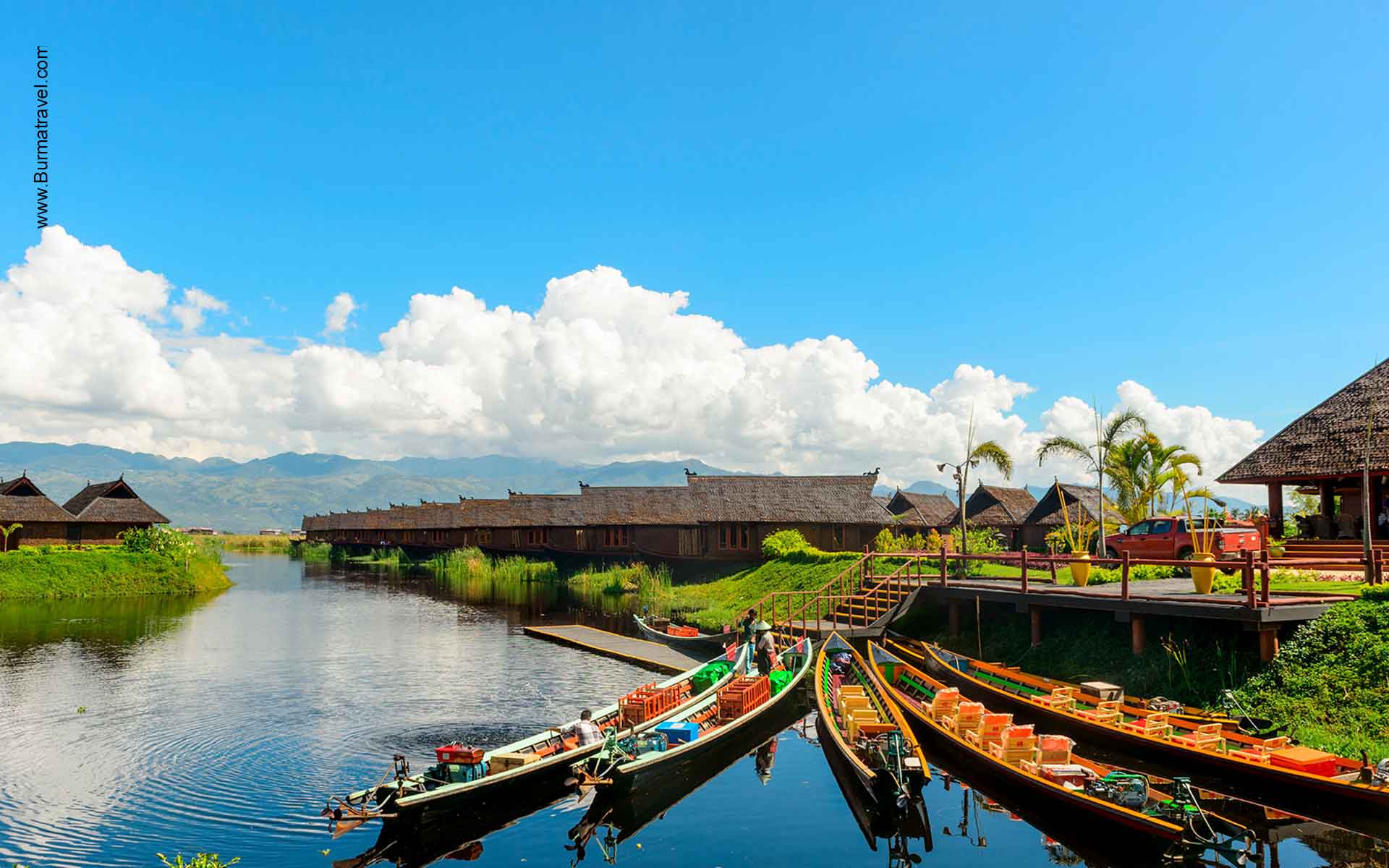
Getting around
If you stay in Nyaung Shwe, you can have a walk around the town easily; Or you may take a rental bike at USD1.5/day then explore the surroundings with beautiful scenery such as the Red Mountain Estate vineyard or Maing Thauk.
If you stay on the lake, sightseeing around by a long tail boats is a must-do. Your time on the lake is very enjoyable with the flying seagulls… You are suggested to spend at least 2-3 days in this area.
It is also possible to take a spectacular hot air balloon trip (available from November to March) for the panoramic view.
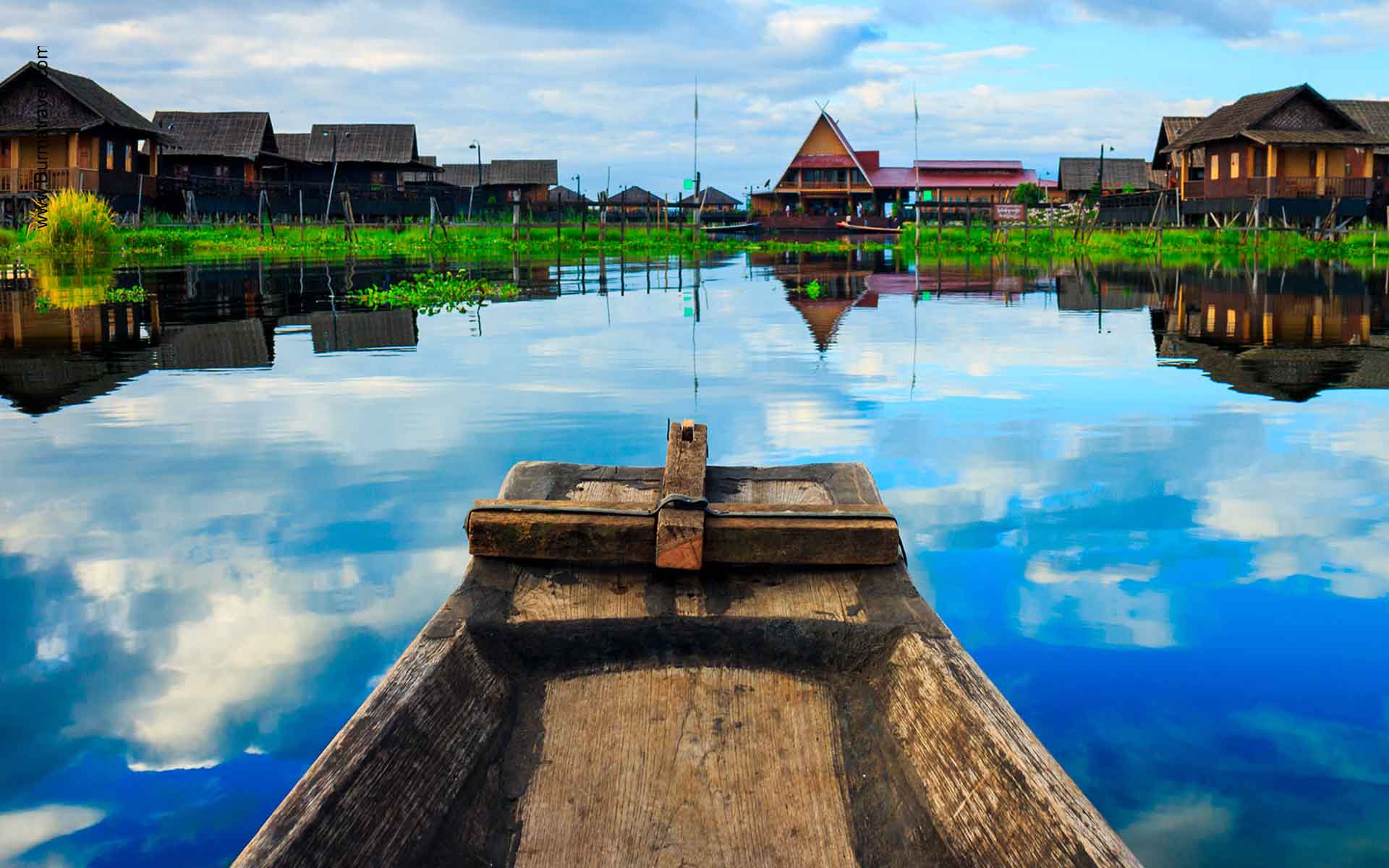
Attractions
Life on the lake
The villages of Nampan, Intha or Maing Thauk… are the outstanding examples of traditional life. Being made of wooden or bamboo, the stilt houses sit on top of long bamboo canes which hold them above the lake. The free space under the houses is used for storing their boats, and doing the laundry.
The Intha men are well-known for their fishing skills. They develop the unique way to power their boats: Pedaling with their feet, leaving their hands free for pulling up fishing nets. This method has become an icon of Inle Lake and everyone always wishes to take some poses of the fishermen.
Along with fishing, the locals grow flowers, vegetables and fruits on the surface of the lake. Rice cultivation is also significant. The products are used both for their own consumption as well as nationwide. These gardens rise and fall with changes in the water level, and so are resistant to flooding. The agricultural method shows a unique side of local life when the villagers harness nature to develop these gardens over many generations.
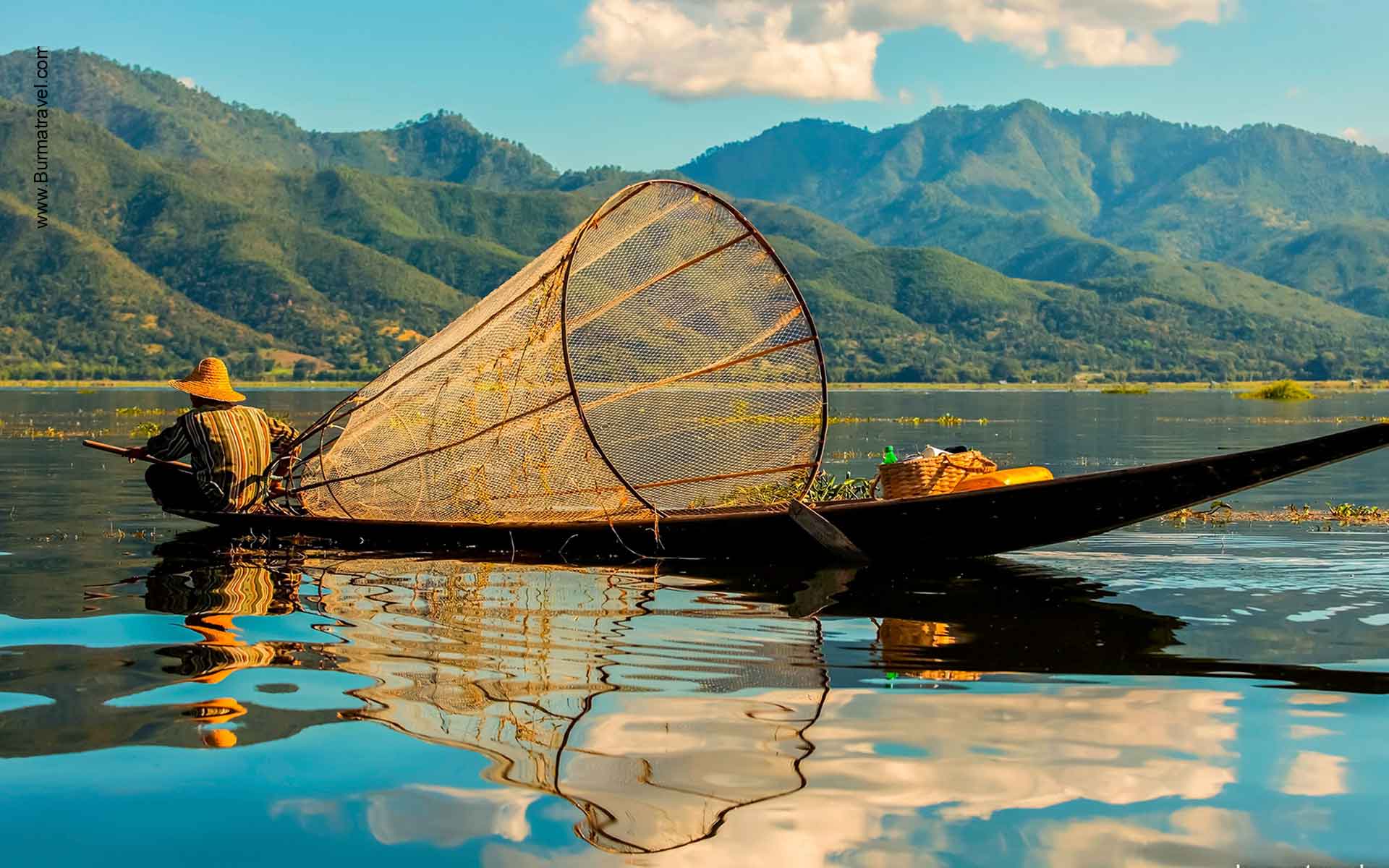
5-day market
It is called “5 Day Market” as the hill people rotate among 5 different locations over a 5 days during the week. People from all surroundings come by boat to sell and buy goods. The assortment of vegetables present is various, including tomatoes, eggplants, scallions, peppers, betel, beans, garlic, cheroots and so on… Other typical products are tools, carvings, textiles… And we can also find other items such as lacquer ware or Buddha statues…
The market is a good opportunity for tourists to meet many different local tribes.
Indein (Inthein) pagodas
Located on the western bank of the lake, Indein is one of the small villages of Inle Lake. It is said that a Buddha image has enshrined at a whitewashed stupa on the summit of a hill. Around this quiet and calm hill are hundreds of ancient stupas. The rings of the bells hanging at the umbrella at each stupa will provides visitors with relaxing moments.
Pindaya caves
Located on a limestone ridge, the Pindaya Caves are mentioned as a Buddhist sacred site, and a famous attraction. Among the 3 caves running for the north to the south, only the southern cave is opened. This 150-meter-long cave contains thousands of Buddha images cramped up to the cave ceiling. Nowadays people still donate more Buddhas, and the number of images has increased to more than 9.000.
Nga Hpe Kyaung Monastery
There are over 200 monasteries around Inle lake, but all boats will always lead to wooden stilt Nga Hpe Kyaung Monastery on the western side.
The place is commonly known as “Jumping Cat monastery”. On the old time, the cats were trained to jump through hoops by the monks. However, the cats now don’t do much jumping anymore.
The monastery is also noted for its impressive collections of ancient Buddha images and the huge meditation hall that was constructed on ornate wood and mosaic pedestals.
Phaung Daw Oo Pagoda
This most pilgrimage, holiest site in Shan State welcomes Buddhist worshippers from the whole country all year round. It is said that the main hall of Pagoda is a shrine with the five ancient golden Buddha images. Each image is covered with so many gold leaves that it is impossible to see the original structure.
During the annual Phaung Daw Oo festival in October, people parade the images around lake, which takes 18 days to complete the journey. The local also hold the leg rowing competition among the villages and the families bring their children to the pagoda as a part of ordination rites.

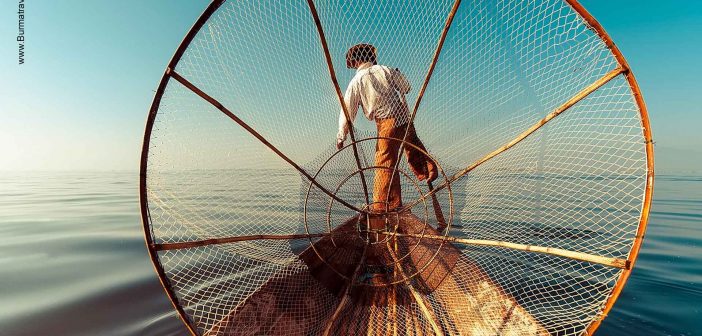

 (366 votes, average: 4.88 out of 5)
(366 votes, average: 4.88 out of 5)